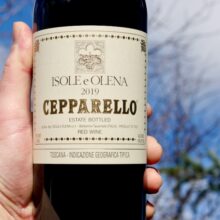
Product information
Isole e Olena ‘Cepparello’ 2019
Sangiovese from Tuscany, Italy, Chianti Classico, Barberino Val d'Elsa
$228
Description
‘Cepparello’ is named after the valley where the vineyard is planted. The last bottle I had of this was a 2006 a month ago, thanks Chris. It was superb, great harmony poise and balance. A real generosity to the wine. Beautiful secondary characters. Looking forward to trying the 2019.
“One of the icon wines of Tuscany, the Isole e Olena 2019 Cepparello is all Sangiovese crafted by the loving hands of a winemaking legend, the great Paolo De Marchi (who finalized the sale of his beloved estate when this wine hit the market). Indeed, this wine opens a discussion on the future of this celebrated IGT Toscana, a wine that followed a strict vision and style under De Marchi. It is elegant and rich with fine aromas of black and purple fruit. It ferments in oak and ages in French barrique for 20 months, with one-third new oak. With 58,000 bottles released, this is a sure candidate for long cellar aging.”
Monica Larner, The Wine Advocate 97+ Points AG 96 SH 100
Bottled under screwcap.
Only 2 left in stock







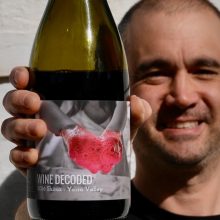
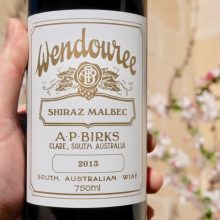
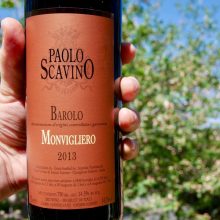
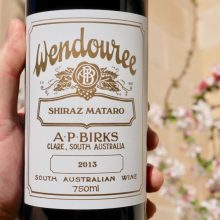
You must be logged in to post a comment.